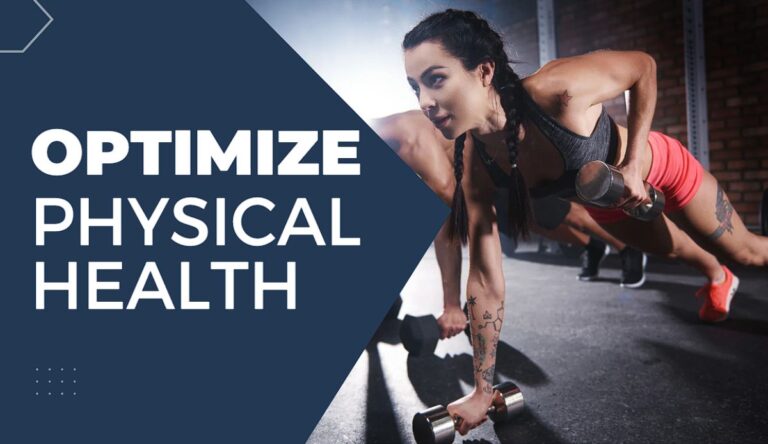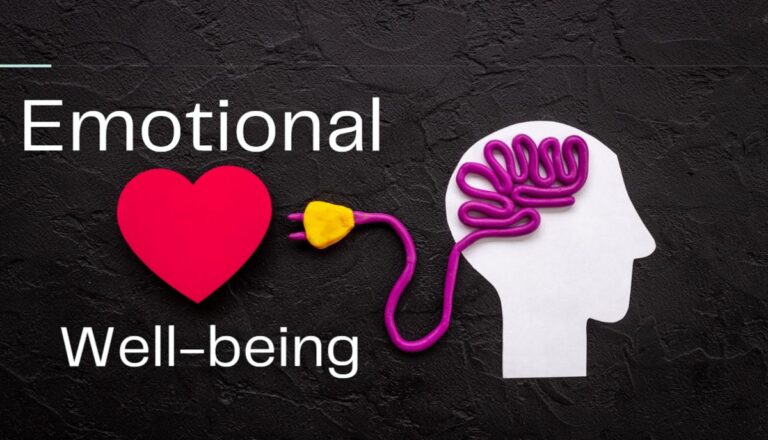Best Top 7 Core Workouts For Soccer Players
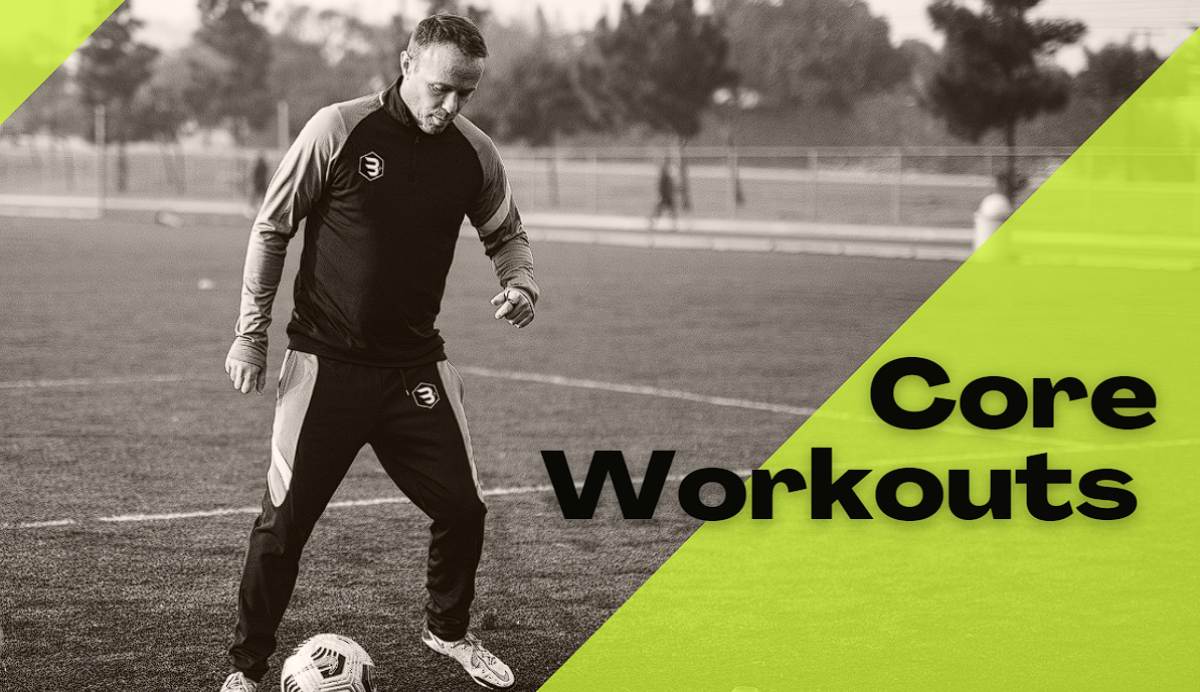
Core Workouts For Soccer Players: Soccer, often described as the beautiful game, is a sport that requires a combination of physical prowess, technical skill, and mental acuity. Among the various attributes essential for success on the pitch, core strength stands out as a foundational element that underpins a player’s performance.
In this comprehensive guide, we will delve into the intricacies of core workouts for soccer players, exploring the anatomy of the core, elucidating the significance of core strength in soccer, delving into key exercises tailored specifically for soccer players, discussing strategies for seamlessly integrating core workouts into training routines, examining the manifold benefits of a strong core, and concluding with practical FAQs to address common queries. So, lace up your boots, grab your ball, and let’s embark on a journey to uncover the secrets of core strength for soccer excellence.
Table of Contents
Understanding Core Workouts For Soccer Players
The core, often erroneously equated with just the abdominal muscles, comprises a complex network of muscles that encompass the abdomen, lower back, hips, and pelvis. These muscles work synergistically to provide stability, balance, and power to the body. In soccer, a sport characterized by dynamic movements, rapid changes in direction, and physical challenges, a strong and stable core is indispensable for injury prevention and optimal performance. [Core Workouts For Soccer Players]
The Importance of Core Strength in Soccer
Core strength serves as the linchpin of a soccer player’s physical prowess, influencing every aspect of their game. It acts as the body’s center of gravity, enabling players to maintain balance and stability during movements such as sprinting, cutting, jumping, and tackling.
Additionally, a strong core facilitates efficient energy transfer from the lower body to the upper body, enhancing the power and precision of movements such as shooting, passing, and heading. Furthermore, core strength is instrumental in mitigating the risk of injuries, particularly those related to the lower back and pelvis, by providing a stable foundation for the spine and pelvis during dynamic movements and physical collisions. [Core Workouts For Soccer Players]
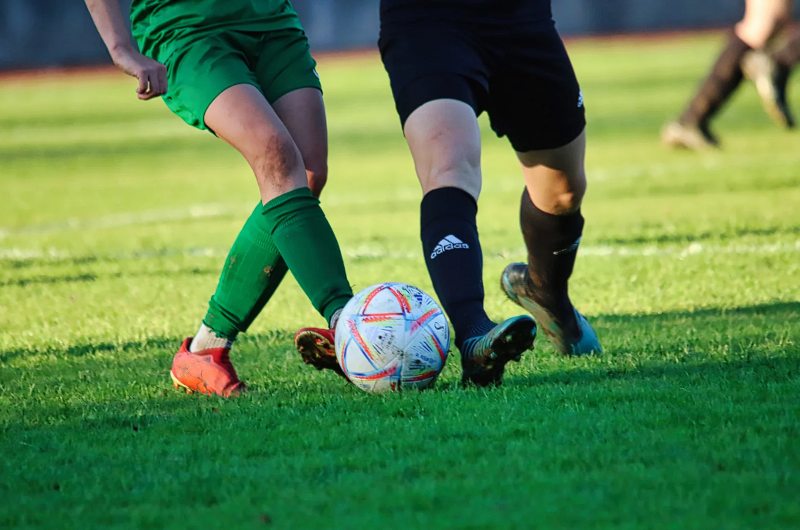
Key Core Workouts for Soccer Players
Planks
Planks are considered one of the most effective core exercises due to their ability to engage multiple muscle groups simultaneously, including the rectus abdominis, transverse abdominis, obliques, and erector spinae. Variations such as the standard plank and side plank are particularly beneficial for soccer players, as they target the muscles responsible for stabilizing the spine and pelvis during dynamic movements on the field.
Standard Plank
The standard plank is performed by assuming a push-up position, with the hands positioned directly beneath the shoulders and the body forming a straight line from head to heels. The core muscles are engaged to maintain the position for a predetermined duration, typically ranging from 30 to 60 seconds. Proper form and breathing rhythm are emphasized to maximize the effectiveness of the exercise and prevent compensatory movements. [Core Workouts For Soccer Players]
Side Plank
The side plank targets the muscles along the lateral aspect of the core, including the obliques and quadratus lumborum. It is performed by lying on one side with the legs extended and the body propped up on the elbow and forearm. The hips are lifted off the ground to create a straight line from head to heels, and the position is held for a specified duration before switching sides. Side planks help improve lateral stability and balance, which are essential for executing quick changes in direction and maintaining body control during soccer movements.
Russian Twists
Russian twists are a dynamic core exercise that targets the obliques and transverse abdominis, muscles critical for rotational power and stability. This exercise can be performed with body weight alone or with added resistance in the form of a medicine ball, dumbbell, or kettlebell. [Core Workouts For Soccer Players]
Bicycle Crunches
Bicycle crunches are a popular core exercise that targets the rectus abdominis and obliques while also engaging the hip flexors. Lie on your back with your hands positioned behind your head and your legs raised off the ground to execute bicycle crunches. Alternately bring your elbows towards the opposite knee while extending the other leg, mimicking a cycling motion. Focus on contracting the abdominal muscles with each repetition and maintain a steady pace to maximize effectiveness.
Dead Bugs
Dead bugs are an effective core exercise that targets the rectus abdominis, obliques, and hip flexors while minimizing strain on the lower back. To perform dead bugs, lie on your back with your arms extended towards the ceiling and your legs bent at a 90-degree angle. Lower one arm and the opposite leg towards the ground simultaneously while maintaining contact between the lower back and the floor. Return to the starting position and repeat on the opposite side, alternating sides in a controlled manner. [Core Workouts For Soccer Players]
Superman Pose
The Superman pose is a bodyweight exercise that targets the muscles of the lower back, glutes, and posterior chain. To perform the Superman pose, lie face down on the ground with your arms extended overhead and your legs straight. Simultaneously lift your arms, chest, and legs off the ground while squeezing your glutes and engaging your lower back. Maintain the position for a brief moment before gently lowering back down in a controlled manner. The Superman pose helps improve core strength and stability, particularly in the muscles responsible for maintaining an upright posture and resisting hyperextension of the spine. [Core Workouts For Soccer Players]

Incorporating Core Workouts into Training Routine
To maximize the benefits of core workouts, it is essential to integrate them into a comprehensive training program tailored to the demands of soccer. Here are some strategies for seamlessly incorporating core exercises into your training routine:
- Dedicated Core Sessions: Schedule dedicated core workout sessions 2-3 times per week, focusing on a variety of exercises to target different muscle groups within the core. Incorporate a mix of static and dynamic exercises, as well as unilateral and bilateral movements, to ensure balanced development and prevent muscular imbalances.
- Warm-Up and Cool-Down: Include core exercises as part of your warm-up routine to activate the muscles and prepare your body for the demands of training or competition. Dynamic exercises such as leg swings, hip circles, and torso rotations can help increase blood flow to the muscles and improve mobility and flexibility. Similarly, incorporate core-focused stretches during the cool-down phase to aid in recovery and promote muscle relaxation.
- Integration with Soccer Drills: Seamlessly integrate core exercises into soccer-specific drills and training activities to enhance functional strength and movement patterns. For example, incorporate planks or Russian twists between agility drills or passing exercises to maximize efficiency and effectiveness. Focus on maintaining proper form and alignment throughout the exercises to ensure optimal recruitment of the target muscles and reduce the risk of injury.
- Progressive Overload: Gradually increase the intensity, duration, and complexity of core exercises over time to challenge your muscles and facilitate continued growth and adaptation. Increase resistance, time under tension, or range of motion as your strength and proficiency improve to ensure ongoing progress and prevent plateaus. [Core Workouts For Soccer Players]
Benefits of Strong Core for Soccer Players
A strong core confers numerous benefits to soccer players, both on and off the field. These include:
- Enhanced Balance and Stability: A strong core provides a stable foundation for dynamic movements, helping players maintain balance and body control during changes in direction, aerial duels, and physical challenges. Improved balance and stability reduce the risk of falls and injuries and enhance overall agility and coordination.
- Increased Power and Explosiveness: Core strength is essential for generating power and explosiveness in soccer movements such as kicking, sprinting, jumping, and tackling. A strong core facilitates efficient energy transfer from the lower body to the upper body, enabling players to unleash maximum force with each movement and achieve greater speed, acceleration, and impact.
- Improved Posture and Biomechanics: A strong core supports proper posture and alignment, reducing the risk of postural deviations and musculoskeletal imbalances. Good posture is essential for maximizing athletic performance and reducing the risk of overuse injuries, particularly in the lower back and lower extremities.
- Injury Prevention and Rehabilitation: Core strength plays a crucial role in injury prevention by stabilizing the spine and pelvis and reducing excessive stress on the joints and soft tissues during dynamic movements. A strong and stable core helps absorb impact forces and distribute loads more evenly throughout the body, minimizing the risk of acute injuries such as strains, sprains, and fractures, additionally, it can help prevent long-term overuse injuries like tendonitis and stress fractures.
- Enhanced Endurance and Recovery: Core strength contributes to overall physical resilience and endurance, enabling players to maintain peak performance throughout the duration of a match or training session. A strong core helps delay the onset of fatigue by improving muscular endurance and reducing energy expenditure during repetitive movements. Additionally, core exercises can aid in post-exercise recovery by promoting blood flow to the muscles and facilitating the removal of metabolic waste products, thereby reducing muscle soreness and enhancing recovery between workouts. [Core Workouts For Soccer Players]
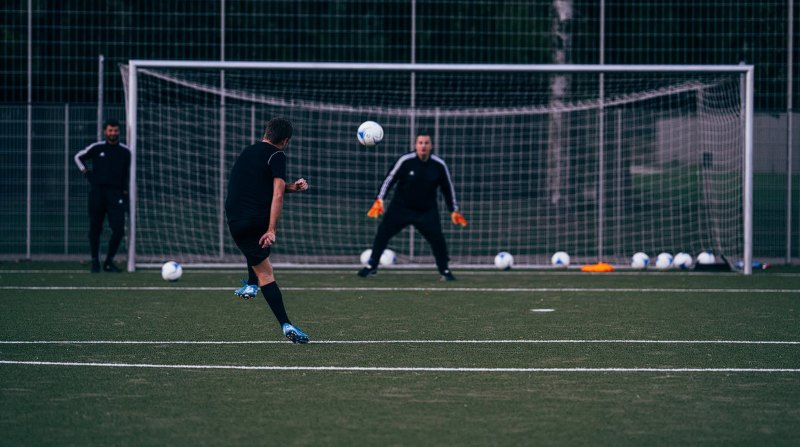
Conclusion
In conclusion, core workouts are an indispensable component of a soccer player’s training regimen, offering a multitude of benefits for performance, injury prevention, and overall well-being. By incorporating targeted core exercises into your training routine and emphasizing consistency, progression, and proper form, you can unlock your full potential on the pitch and elevate your game to new heights. So, embrace the challenge, embrace the burn, and reap the rewards of a strong and resilient core. Your body will thank you, and your opponents will fear you. [Core Workouts For Soccer Players]
FAQs
Q1. How often should soccer players do core workouts?
Aim to perform core exercises 2-3 times per week, with adequate rest between sessions to allow for recovery and adaptation. Adjust the frequency and intensity of workouts based on individual fitness levels, training goals, and recovery capacity.
Q2. Can core workouts improve kicking power?
Yes, strengthening the core can enhance the stability, balance, and power transfer required for explosive kicking movements, resulting in greater shot velocity and accuracy. Core exercises that target the muscles involved in kicking, such as the rectus abdominis, obliques, hip flexors, and glutes, can help improve the efficiency and effectiveness of kicking technique and increase the force generated during the execution of shots, passes, and crosses.
Q3. Are there any core exercises to avoid for soccer players?
While core exercises are generally beneficial for soccer players, certain exercises may pose a higher risk of injury or exacerbate existing musculoskeletal issues if performed incorrectly or excessively. Exercises that involve excessive spinal flexion or rotation, such as sit-ups, Russian twists, and weighted crunches, may place undue stress on the lumbar spine and increase the risk of lower back pain or injury, particularly in individuals with pre-existing spinal conditions or poor posture. It is essential to prioritize exercises that promote core stability and alignment, such as planks, bridges, dead bugs, and anti-rotation exercises, while avoiding movements that compromise spinal integrity or overload the lower back.
Q4. When is the best time to do core workouts?
The best time to do core workouts depends on individual preferences, scheduling constraints, and training objectives. Some players may prefer to perform core exercises as part of their warm-up routine to activate the muscles and prepare their bodies for the demands of training or competition, while others may prefer to incorporate core workouts into their strength training sessions or dedicate separate sessions specifically to core training. The timing of core workouts can also vary depending on the training phase, with pre-season and off-season periods offering opportunities for more focused and intensive core training, while in-season periods may require a more balanced approach that prioritizes recovery and maintenance of core strength and stability throughout the competitive season.
Q5. How long does it take to see results from core workouts?
The timeline for seeing results from core workouts varies depending on individual factors such as training frequency, intensity, duration, consistency, and genetic predisposition. While some individuals may experience noticeable improvements in core strength, stability, and muscular endurance within a few weeks of starting a core training program, others may require several months of dedicated and progressive training to achieve significant gains in core strength and performance. It is essential to approach core training with patience, persistence, and a long-term perspective, focusing on gradual and sustainable progress while avoiding the temptation to rush or overexert oneself. Consistency is key, so aim to incorporate core exercises into your training routine regularly and adjust the intensity and volume of workouts based on your individual response and feedback from your body.

